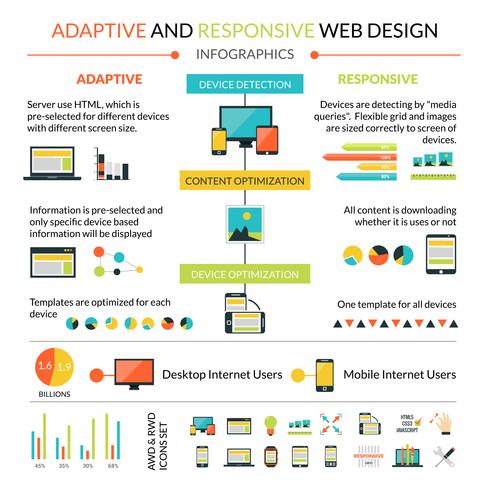Eager To Uncover Exactly How Web Site Layout Has Changed Over Time? Study The Advancement From Simplicity To User-Focused Experiences.
Eager To Uncover Exactly How Web Site Layout Has Changed Over Time? Study The Advancement From Simplicity To User-Focused Experiences.
Blog Article
Article Created By-Lamb Singer
In the past, sites were straightforward and concentrated on details. Navigating was direct, and design was for desktops. Now, customer experience is crucial. Information guides layouts for easy navigation. Responsive layouts suit different devices. Today, dark mode lowers stress, and minimalist menus enhance navigating. Interactive functions engage users, and vibrant visuals stand apart. AI integration enhances engagement. See how style has progressed to improve your on-line trip.
Early Days of Website Design
In the very early days of web design, simpleness preponderated. Websites were basic, with minimal colors, fonts, and layouts. content for real estate website got on providing info instead of flashy visuals. Users accessed the internet through sluggish dial-up connections, so speed and capability were vital.
Navigation menus were straightforward, commonly situated at the top or side of the web page. Internet sites were created for desktop, as mobile browsing had not been yet prevalent. Material was king, and designers focused on easy readability over complex layout aspects.
HTML was the key coding language utilized, and developers needed to function within its restrictions. Computer animations and interactive functions were minimal contrasted to today's requirements. Web sites were fixed, with little dynamic material or customized individual experiences.
Increase of User-Focused Design
With the development of website style, a change towards user-focused design concepts has actually ended up being significantly famous. Today, creating sites that focus on individual experience is vital for involving visitors and achieving organization objectives. User-focused layout entails recognizing the demands, preferences, and habits of your target market to customize the web site's design, material, and features accordingly.
Developers now conduct complete research study, such as individual studies and use screening, to gather understandings and responses directly from individuals. This data-driven method assists in creating instinctive navigation, clear calls-to-action, and aesthetically appealing user interfaces that reverberate with visitors. By https://smallbiztrends.com/2022/06/updating-your-social-media-strategies.html at the facility of the style procedure, sites can provide a more individualized and enjoyable experience.
Responsive layout has actually additionally become a vital facet of user-focused style, making sure that websites are enhanced for various gadgets and screen sizes. This flexibility improves access and usability, dealing with the varied ways individuals interact with internet sites today. Basically, the increase of user-focused style symbolizes a change towards developing electronic experiences that focus on the requirements and assumptions of completion customer.
Modern Trends in Website Design
Discover the latest trends shaping web design today. One famous pattern is dark setting style, supplying a streamlined and modern appearance while minimizing eye pressure in low-light settings. One more key trend is minimalist navigation, streamlining food selections and improving user experience by focusing on essential elements. Integrating micro-interactions, such as computer animated switches or scrolling effects, can produce a more interesting and interactive internet site. Receptive style continues to be vital, making sure seamless user experiences throughout different gadgets. Additionally, utilizing strong typography and asymmetrical designs can include aesthetic rate of interest and draw attention to particular material.
Incorporating AI modern technology, like chatbots for customer support or personalized referrals, enhances customer engagement and simplifies processes. Ease of access has also come to be a considerable fad, with designers focusing on inclusive style techniques to satisfy diverse customer requirements. Welcoming sustainability by maximizing web site efficiency for rate and performance is an additional emerging trend in web design. Working together with customer responses and data analytics to iterate and improve style continually is necessary for staying pertinent in the ever-evolving digital landscape. By embracing these modern-day patterns, you can produce an aesthetically attractive, easy to use website that resonates with your audience.
Final thought
As you reflect on the evolution of site style from the very early days to currently, you can see how user-focused design has actually become the driving pressure behind modern-day fads.
Accept the trip of change and adjustment in website design, always keeping the customer experience at the forefront.
Stay existing with the latest patterns and technologies, and never quit progressing your strategy to create visually sensational and easy to use websites.
Evolve, adapt, and create - the future of web design remains in your hands.
